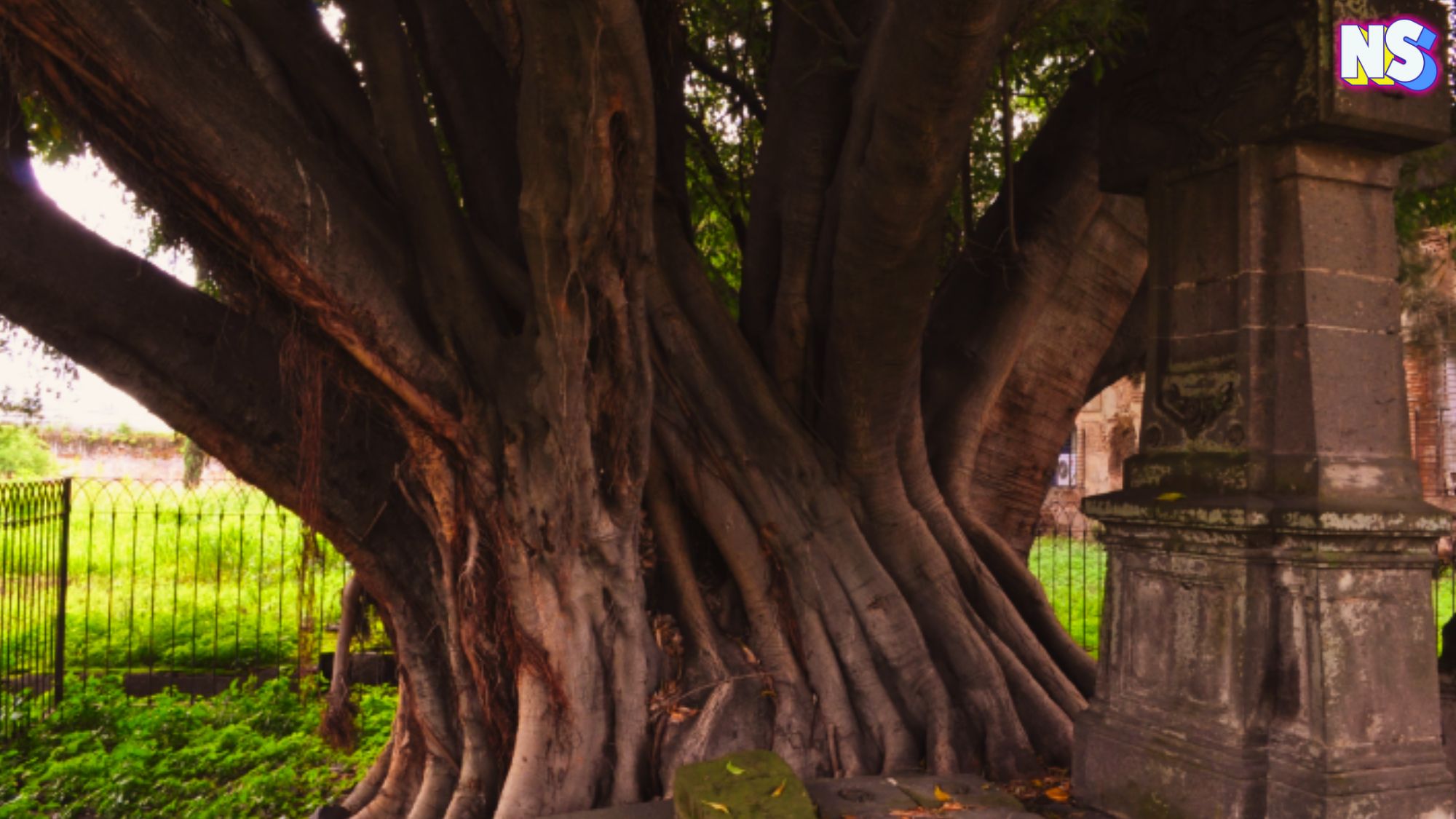Image courtesy of Nuestro Stories.
After a more than 50-year fight to protect Castner Range in El Paso, it will finally become a national monument.
The White House Conservation Action Summit announced the designation. For Eric Pearson, CEO of the El Paso Community Foundation, this was an accomplishment worth the fight.
The importance of Castner Range
Castner Range is home to 7,081 acres of West Texas. The area was a former U.S. Army firing range, which has been preserved through the long stewardship of the U.S. Army and Fort Bliss.
The site has great cultural significance as it contains ancient ruins of the earliest towns, evidence of agricultural development, old railroad systems, mining remains, and a historic military presence.
Castner Range is primarily known for the spring bloom of Mexican golden poppies that carpet the desert terrain. These poppies have symbolic significance to El Paso, not only because of their beauty but also because they can pop up in the stark desert landscape.
What does it mean for Castner Range to become a National Monument?
Designation of the Castner Range as a National Monument will place it in the hands of the U.S. Army, which will protect the historically and culturally significant artifacts. They will manage and plan the land with the help of the community and tribes to make public access to the monument safe and appropriate.
Things You Should Know Before You Go:
- Castner Range will be the third national monument in Texas.
- Castner Range is located in the center of the 22nd most populous city in the United States, El Paso.
- This would be the first national monument managed directly by the U.S. Army since the national battlefields were transferred to the National Park Service in the 1930s.
- The highest concentration of springs in the Franklin Mountains is in the Castner Range.
Location: El Paso, Texas.
Experience it here





